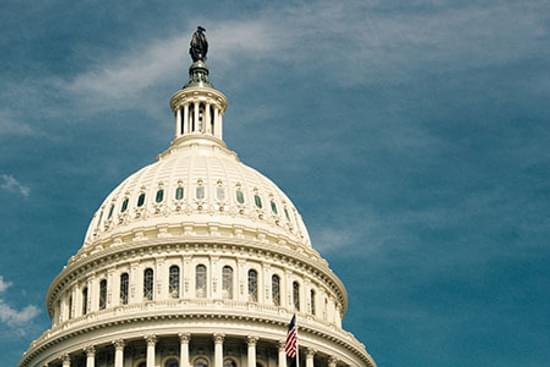




Public Lands and local parks play a vital role in the physical, social and economic well-being of our communities. The Outdoors for All Act will help underserved communities access parks and public lands, protect areas sacred to Indigenous peoples, ensure clean and safe drinking water, and promote the outdoor recreation economy.

American Trails is excited to announce that the House of Representatives, with the leadership of Representatives Barragan and Turner, has passed the Outdoors for All Act.
These facts and figures, provided by Tara Brown of The Wilderness Society, underscore the importance of this act.
Local parks can play a significant role in mitigating the effects of climate change. Currently, urban trees in the U.S. sequester 90 million tons of carbon, which is equivalent to removing 19 million cars from the road for a year. (NRPA)
Tree and vegetation coverage can reduce urban heat islands by lowering peak summertime temperatures, but unfortunately, BIPOC and low income communities tend to have far fewer trees than wealthier, predominantly white neighborhoods do. (EPA, American Forests).
Increasing access to local parks in underserved communities can combat environmental injustice. Urban trees remove 711,000 tons of pollutants from the air annually, a $3.8 billion value (USFS), but low income communities and communities of color are still exposed to higher concentrations of dangerous pollutants.
Local parks promote healthy communities. Those who live in ½ mile of a park are three times more likely to meet the recommended levels of physical activity than those who live farther than walking distance. (CPSTF) Proximity to parks also leads to improved mental health, lowering levels of stress and anxiety. (NRPA)
In 2017, local parks in the U.S. generated more than $166 billion in economic activity and supported more than 1.1 million jobs. (NRPA)
Consumers spend $887 billion annually on outdoor recreation, and the industry is growing at a faster rate than the overall US economy. (OIA)
The Outdoors for All act will increase equitable access to public lands, boost outdoor recreation in underserved cities, and revitalize communities hit hardest by COVID-19 through investments in local park infrastructure.